In the last few years, there has been a surge in research that helps us understand what motivates people and makes organizations successful. I’m fortunate to serve as the chair of the Research Committee of the Incentive Research Foundation (IRF) which gives me an amazing view into what’s happening in our market, but also into what makes people tick. Here are my Top 4 Insights from IRF’s 2017 research on incentives:
1/ Reach Beats Exclusivity
The most exciting research I read this year was the Incentive Benchmarking Study which shed light on what top performing companies are doing and how they make decisions. While there are many notable takeaways – including that they invest more in incentive programs – what really struck me was that these organizations choose reach over exclusivity. Too often, companies get caught in a cycle of rewarding top achievers without planning to engage their nearly-made-it or also-contributed teammates. If you want an engaged workforce, it is essential to think bigger and find ways to inspire the broadest possible audience to give their best every day.
2/ Budgets are Catching Up, but Not Fast Enough
In consulting with their clients, incentive program providers have been sounding the alarm for some time now. When it comes to incentive travel, this is a seller’s market, particularly now that the Caribbean has suffered such devastation in the recent hurricanes, and desirable hotel inventory is down. It is essential to be booking hotel space well in advance, with many companies now committing 18-24 months in advance, especially for large programs. The 2018 Outlook Study found that group travel budgets are up 4%, but 60% of respondents said that budgets are not keeping pace with costs. In a very competitive environment, it’s challenging to remain an employer or channel partner of choice. When travel program budgets fail to keep up with costs over several years, there is an increasing risk that the quality or inclusions in the program may be diminished over time. It’s more important than ever to have a candid discussions between incentive program providers and clients about expectations and realities.

3/ We Don’t Want What We Think We Want
We hear it all the time… “My team just wants cash.” No they don’t. They think they do consciously, but that’s because it’s what they believe they ought to want. Biometric research previewed at the IRF Invitational in June, however, proves that we actually prefer experience or travel-based rewards. In fact, our biological markers (pupil dilation, for example) light up most for spa, dinner for 10, sporting events, and retreats of family vacations. Our real preferences risk being overruled by our logical minds saying, “but that’s a car payment…” To be really memorable, though, rewards should connect to those truer aspirations and wishes. It turns out that people unconsciously inflate the value of the reward and connect it with good feelings about the organization. Keep an eye out for the full research report from the IRF soon!
4/ People are Unique – OK. This is from 2015.
We have written often and at length about this study, but it is surely one of the most enlightening of recent year. The IRF and Incentive Marketing Association (IMA) jointly studied nearly 500 program participants and released the Landmark Study, focusing on the reward experience. In order to connect to people and inspire them to their best performance, it is essential to understand what motivates them. This study set out to discover if it was the reward, the associated opportunity, or the recognition experience that made the difference. What they found surprised us all: “Out of 452 respondents, 99% had a unique set of preferences.” While we know intuitively that everyone is different, it was a surprise to learn just how different. It makes it clear that managers need to know their employees, that people care deeply about their opportunity and visibility at work, and that choice should be built into programs whenever possible. We are, after all, trying to motivate individuals. They expect to be treated as such.
Do you have a research question as you are working on your 2018 program planning? Just ask. We’ll be happy to point you to additional resources to inspire your workforce and your channel partners.



